Yesterday Rusty wanted to spend the day in the nest box. I assumed she was broody again. She had a three week break after her last broody spell and had now been laying for three weeks so it was her normal pattern. She was raising her tail as she does when broody. I lifted her out of the nest box each time I went in which is what I usually do and after three days of this she comes out of it.
There was an egg in the afternoon which I thought could be her egg. Rusty and Freckles both lay round eggs so it would have belonged to one or other of them but Rusty often gets one last egg laid during her first day of being broody so this was typical for her.
At bedtime she was in the nest box once more so I closed the nest box to get her to roost in her usual position. In the morning she was back in the nest box. I lifted her out and saw that she had a really mucky bottom.
I bathed her bottom in warm water with a little washing up liquid and cleaned her as best I could and dried her with a soft cloth. It was then that I could see that something was horribly wrong. She had a red, protruding, swelling. I suspected a prolapse and googled it. Sure enough this is a prolapse and I read that early treatment would give the best chance of recovery. It would need to be pushed back in. I rang the vet straight away.
I am putting these photos here in case they help anyone else to diagnose this. Be warned it is not pretty.
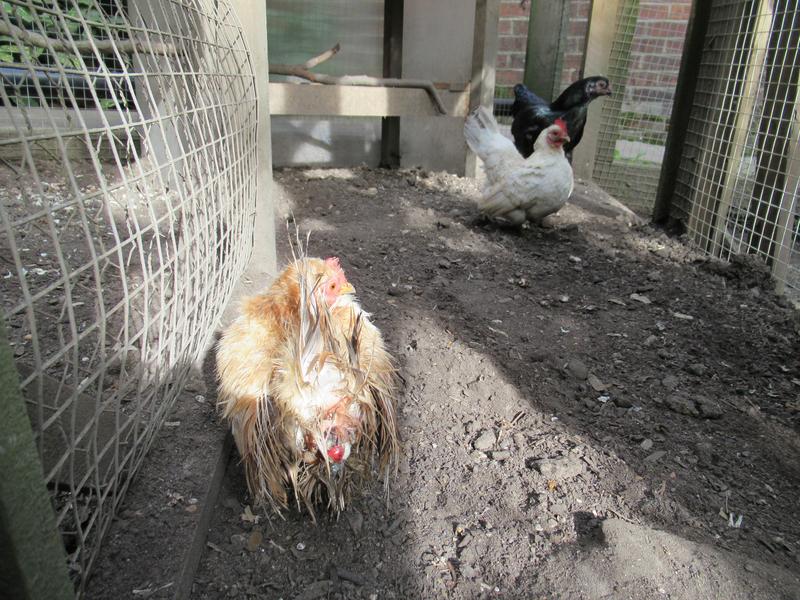
Poor Rusty
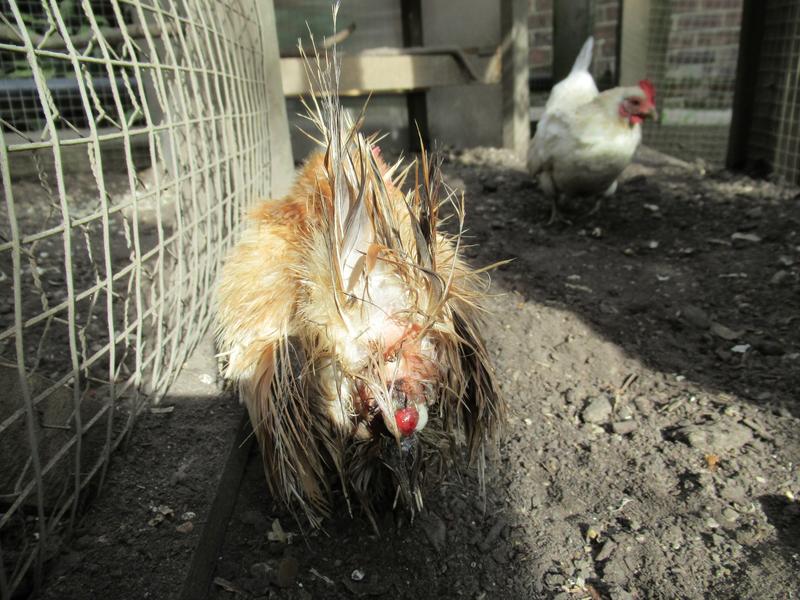
She has a prolapse
My local vet was fully booked but she told me to go to their sister practice twenty minutes away and the vet there would see me as soon as possible. I have to say that I am lucky to have a vet with a sister practice which means being seen quickly and also a vet that is experienced with chickens.
I put Rusty in the cat box and took her in. The vet said she would give a local anesthetic and then push the prolapse back in and put in a stitch to hold it in place. She called me back in and said that she couldn’t put in a stitch because Rusty was still having the urge to push. She had given her some anti inflammatory cream and wanted to keep her in for the day so that she could push the prolapse back in each time Rusty pushed it out again.
I left Rusty there but went back with a water dish and a dish of mash, seeds and chopped grape. I didn’t want her to go all day without anything and thought a bit of sugar might help her. I returned home to wait for the vet to call me when she needed collecting. It was lucky that by chance I had no deliveries.
When I got back home I researched again and will share my findings here in case it helps anyone else.
Symptoms are a mucky bottom, a large, fleshy, swelling, protruding from the vent, blood and frequently visiting the nest box. I now wonder if she wasn’t going broody after all.
It is essentially a chicken’s insides coming out.
Early treatment is key to recovery and preventing it from reocurring. The bottom must be washed, at least I got that right. Wearing gloves lubricated with a water based lubricant the protruding tissue must be gently pushed back into the vent.
The swollen tissue must be treated to help shrink it down so that it stays in place. Antibiotics should be given if there is abrasion to the tissue to prevent infection.
Common causes are laying too young, under weight and under nourished, older and obese or holding droppings for a long period of time. None of these apply to Rusty so I can’t understand why this has happened.
It did say that some believe it can just be in their genes.
They will need monitoring vigilantly for their lifetime.
I really hope Rusty is going to be okay. I am keeping everything crossed. She has always seemed the most robust of my seramas so I am at a loss as to why this has happened. I couldn’t bear to lose her. I will report back later.

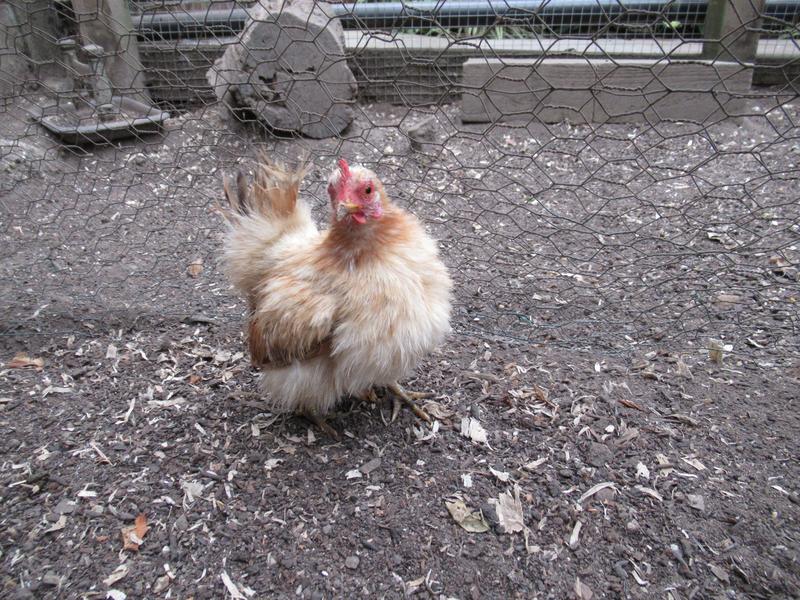
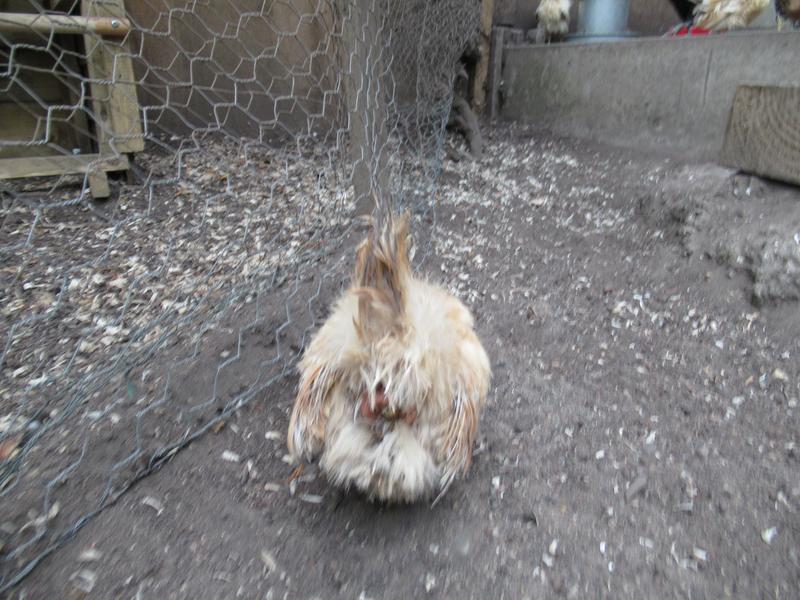
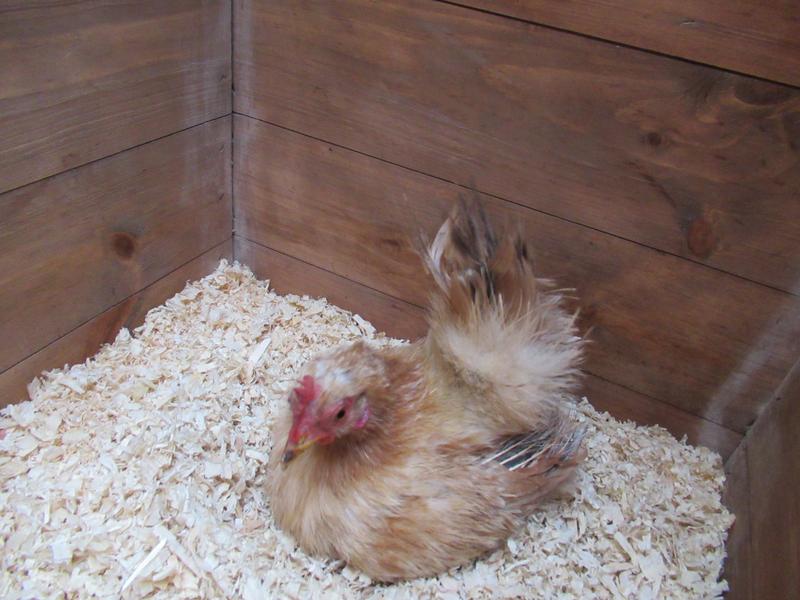
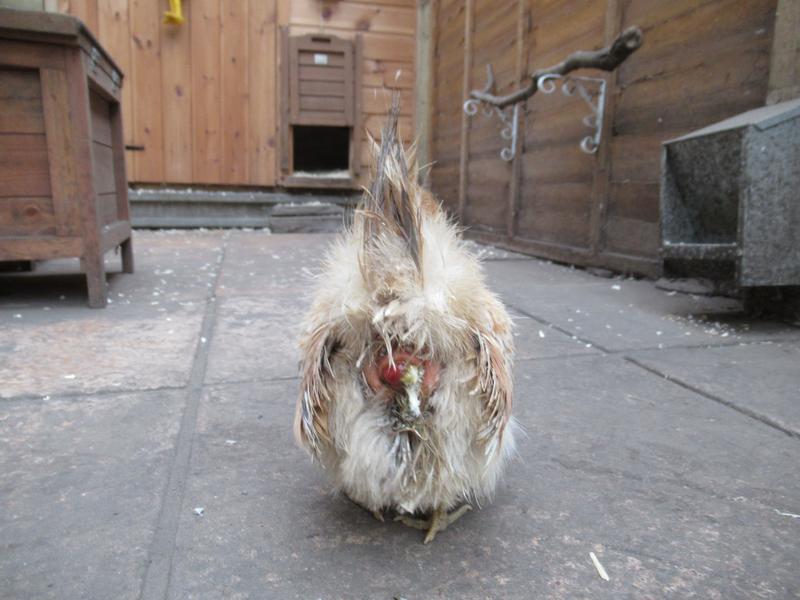


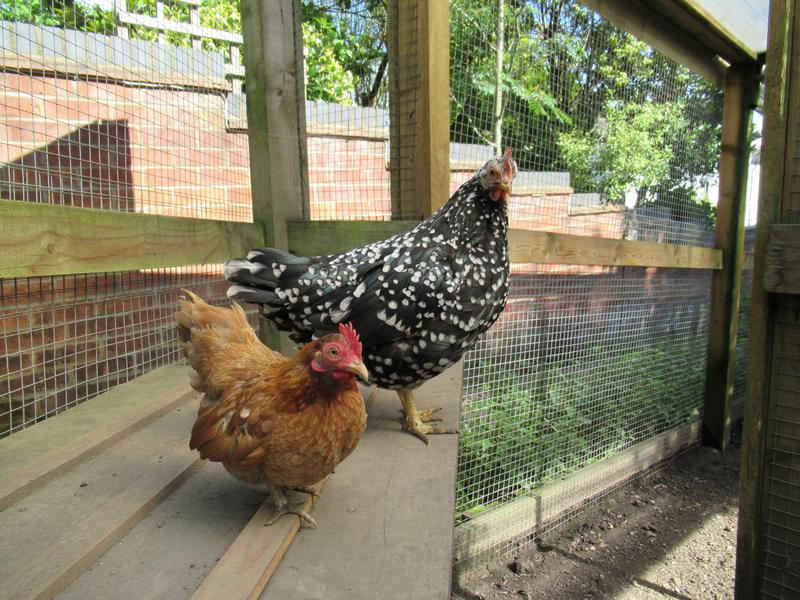
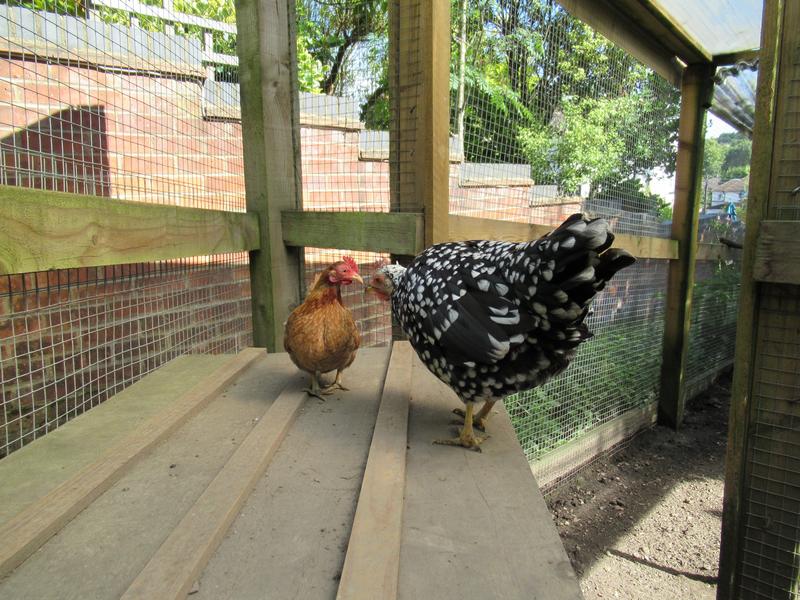
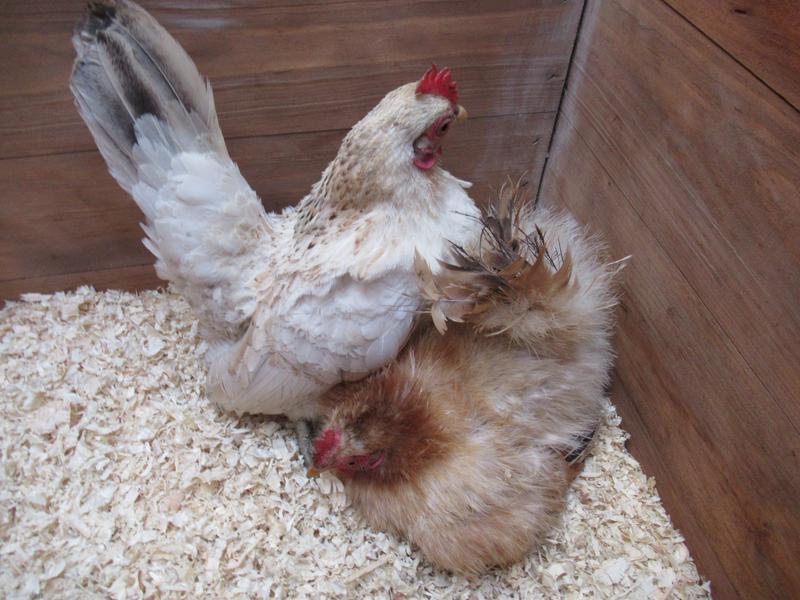
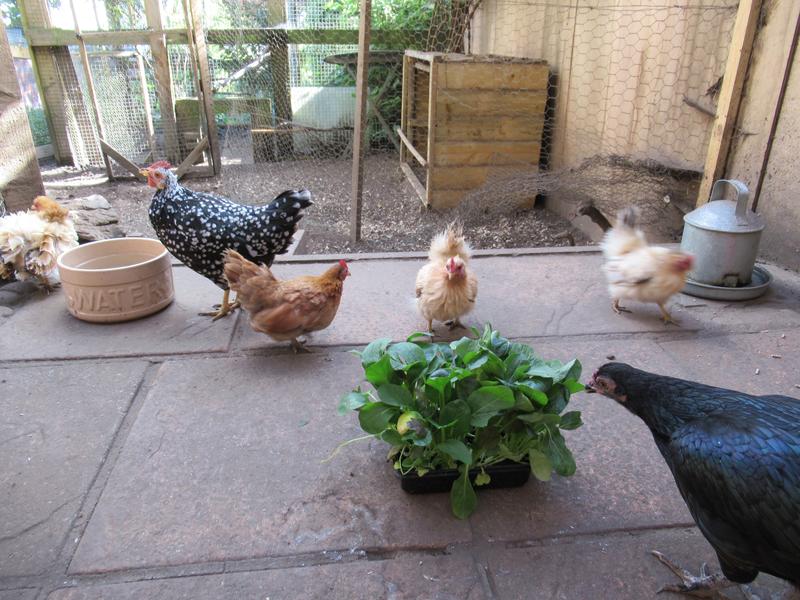
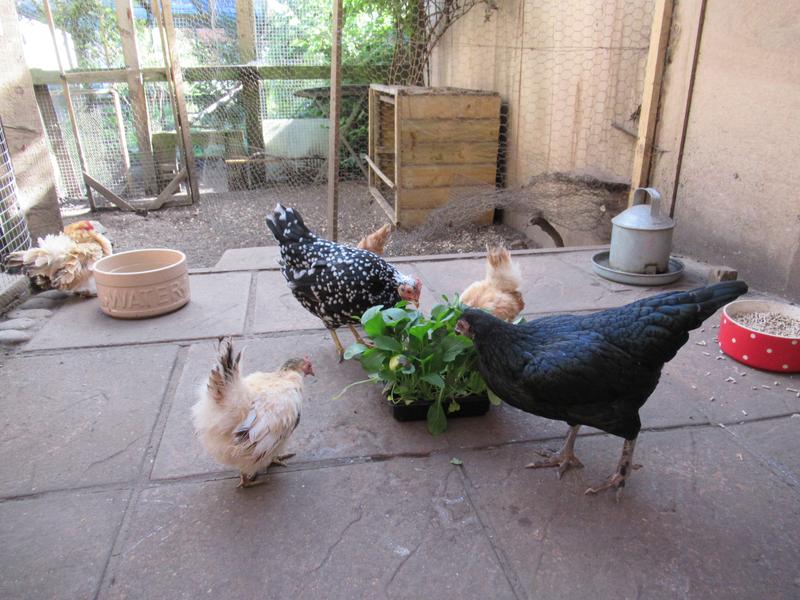
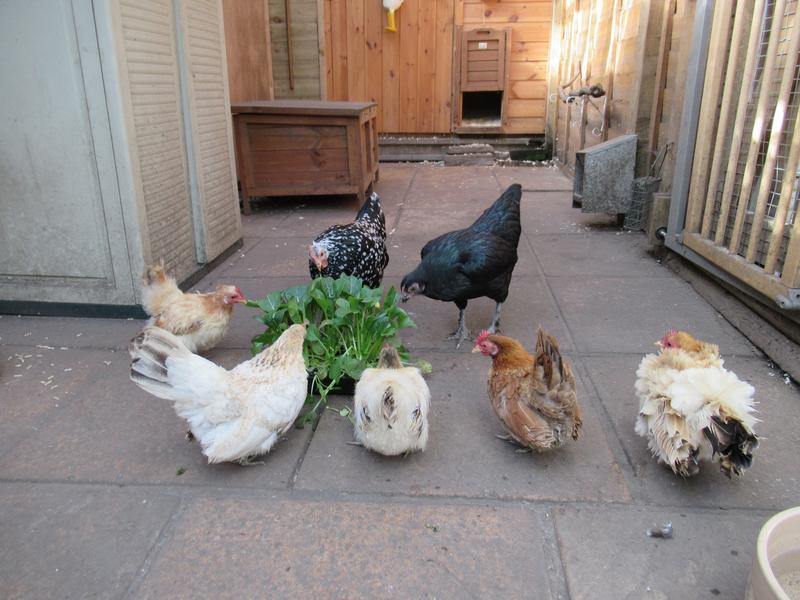
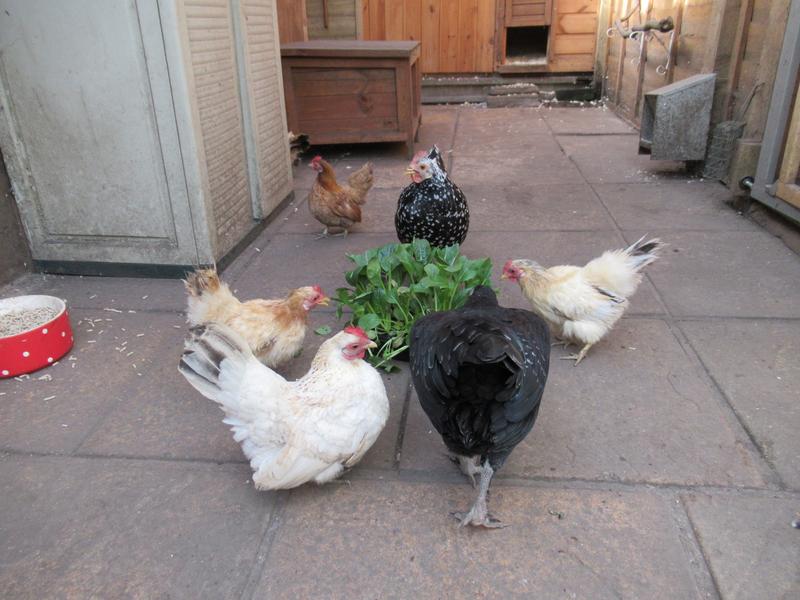
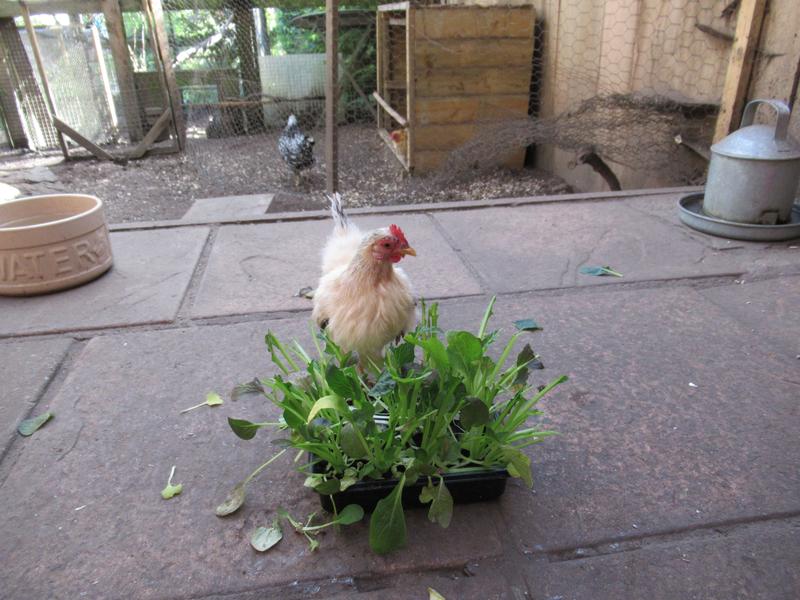
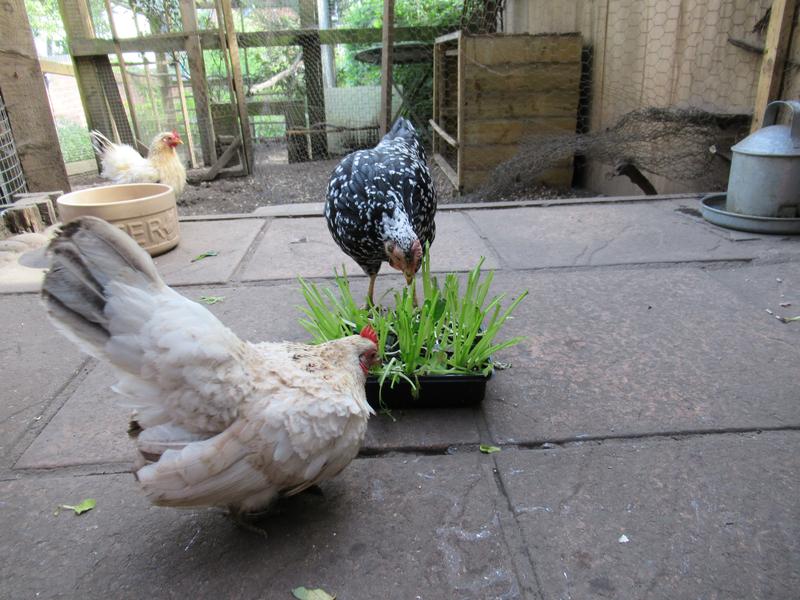
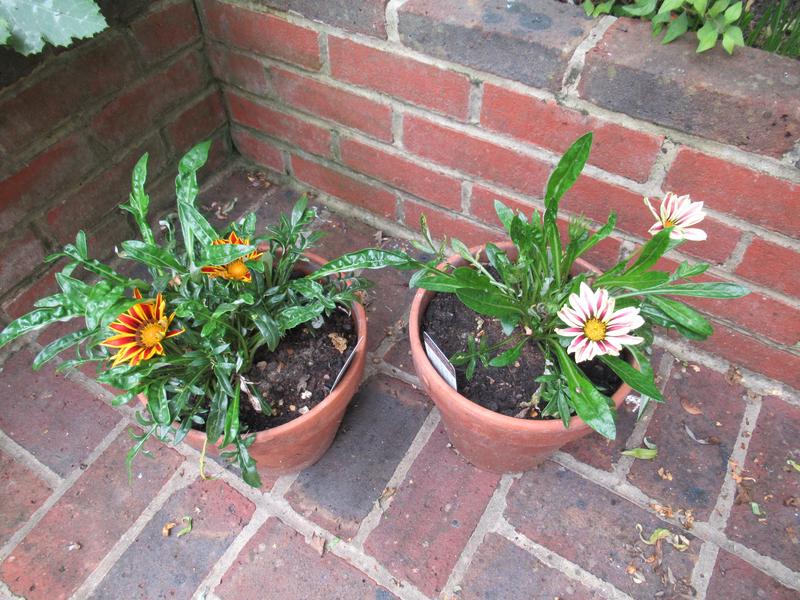
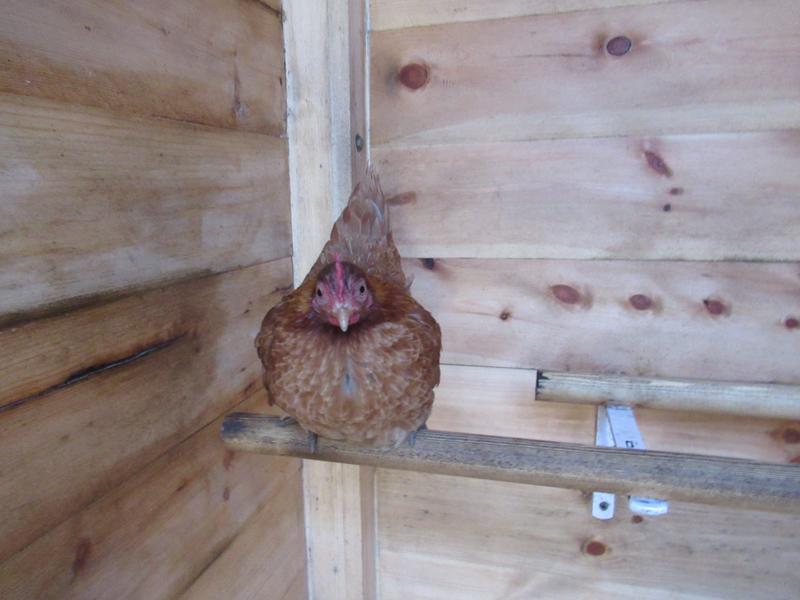
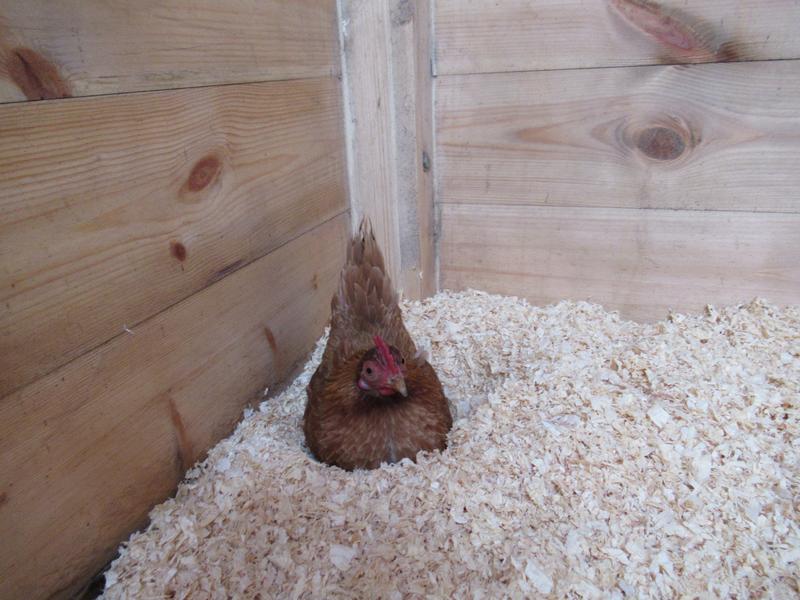
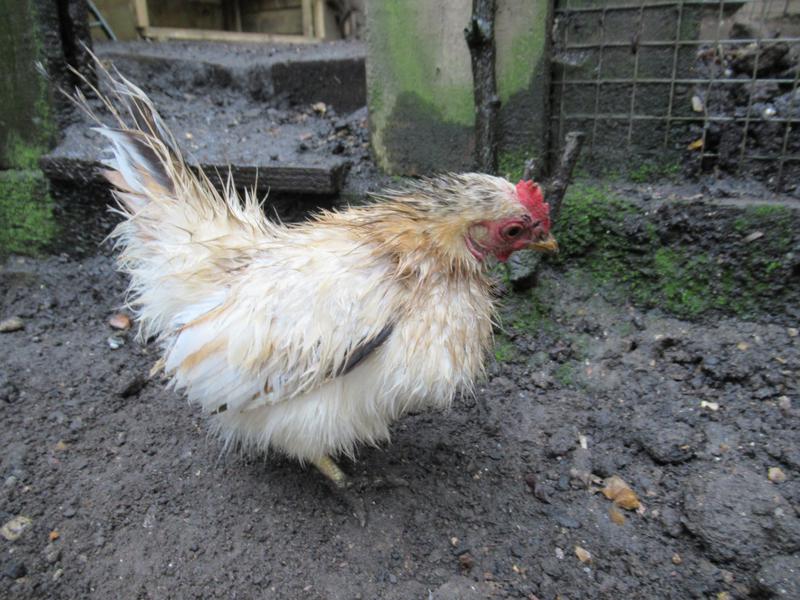
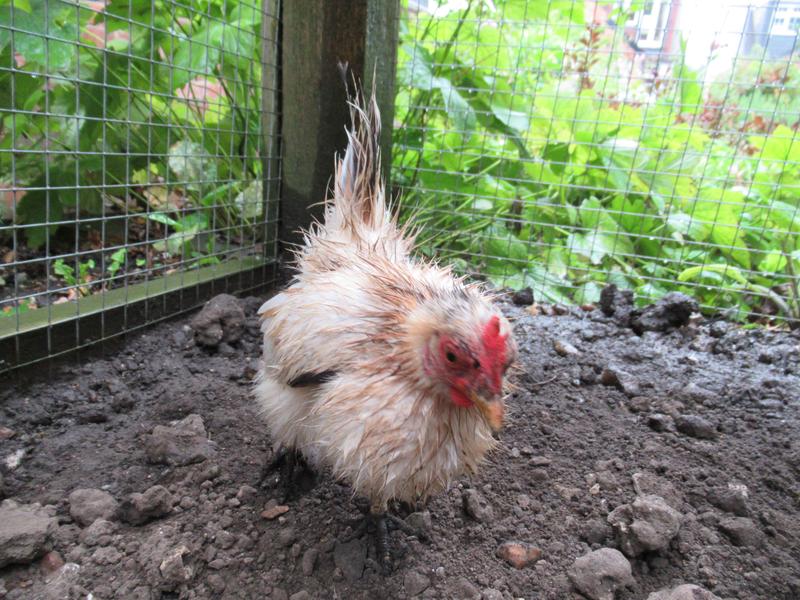




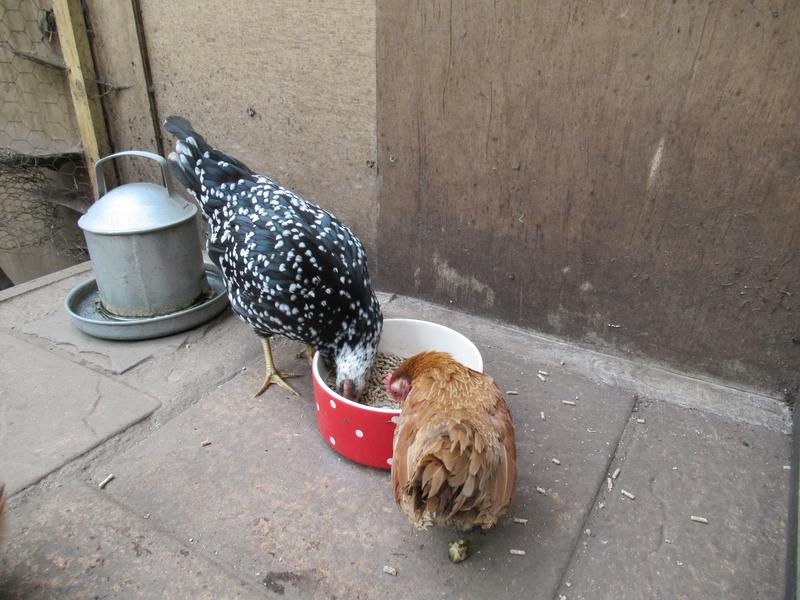
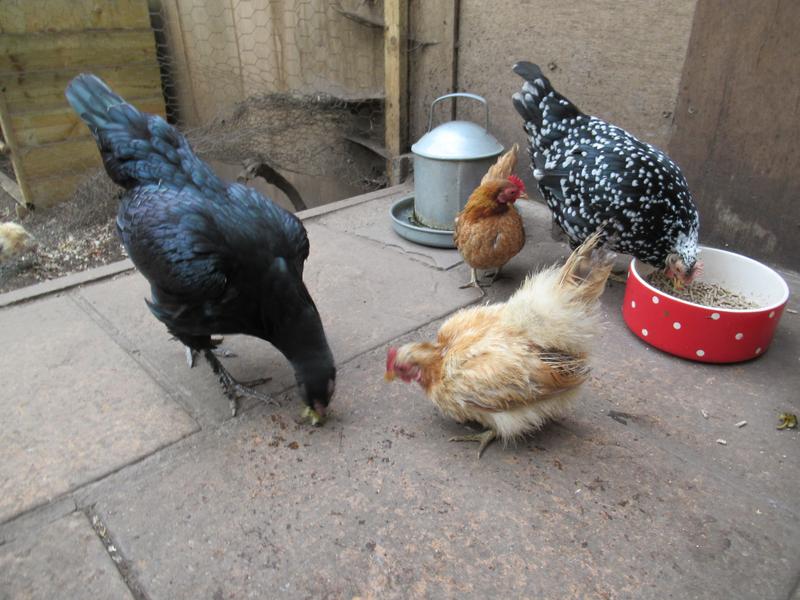
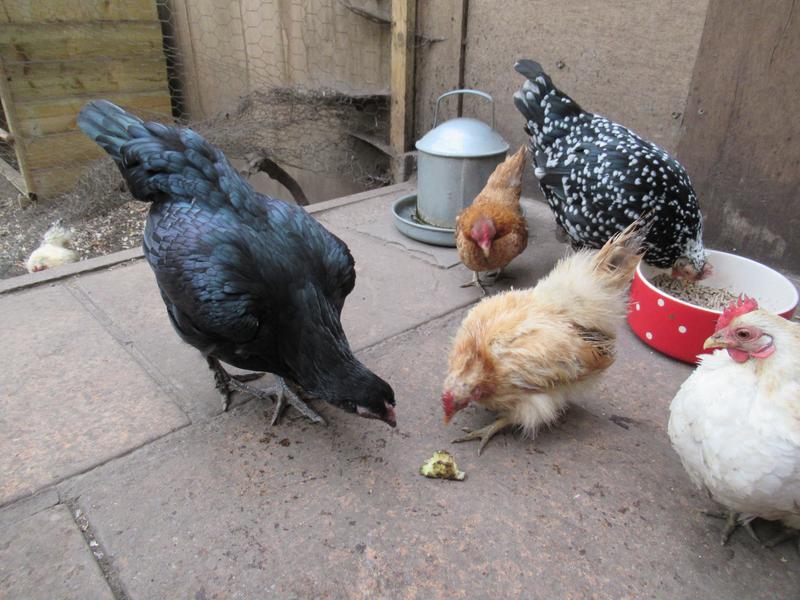
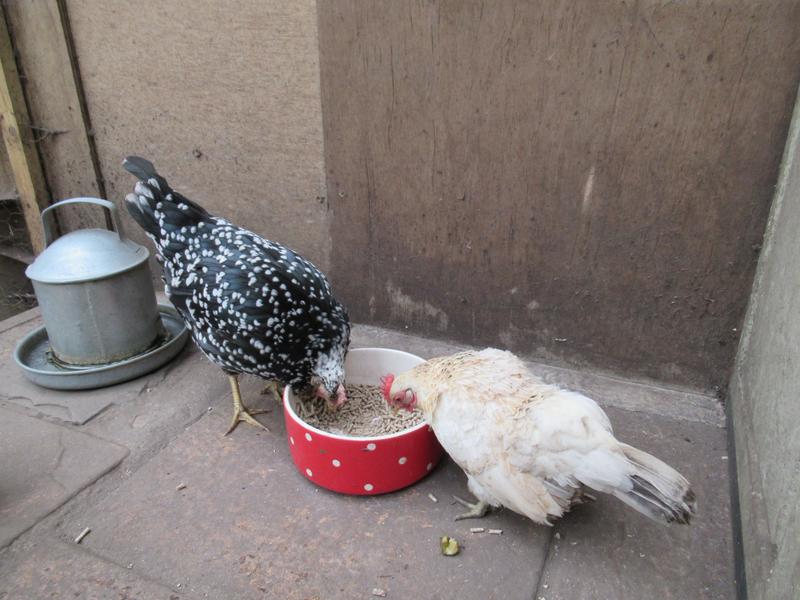
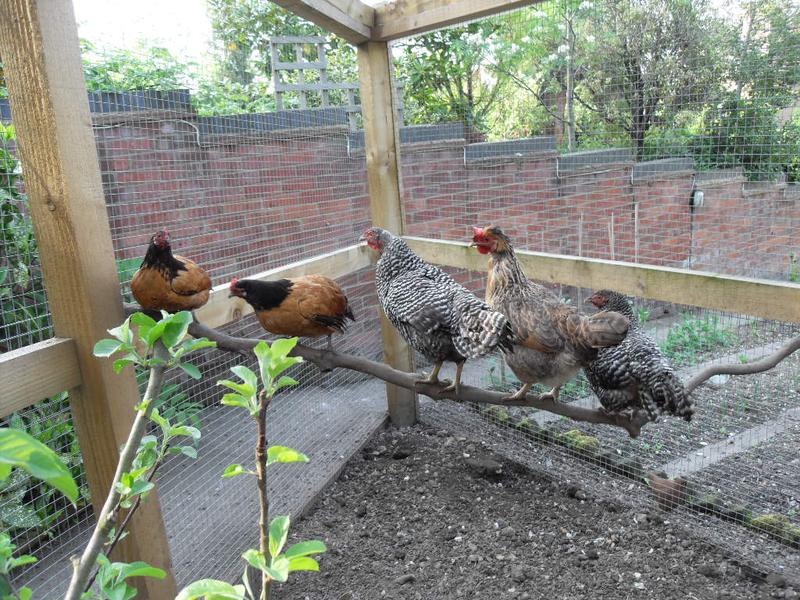 Click here to see the history of my flock.
Click here to see the history of my flock.